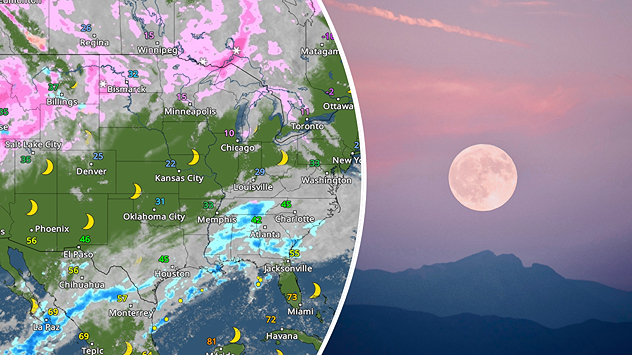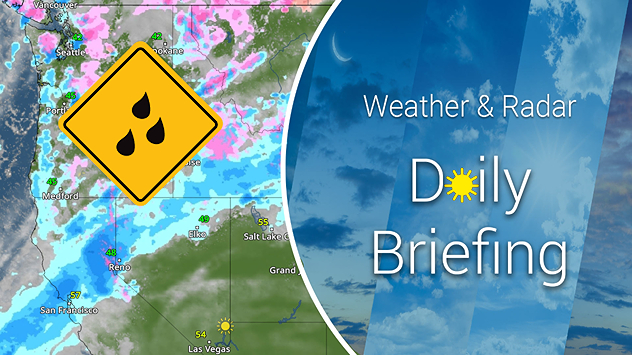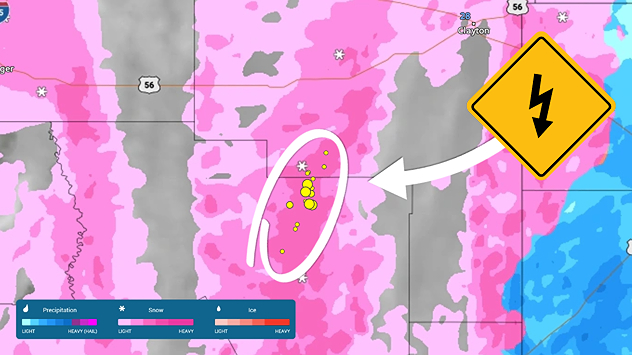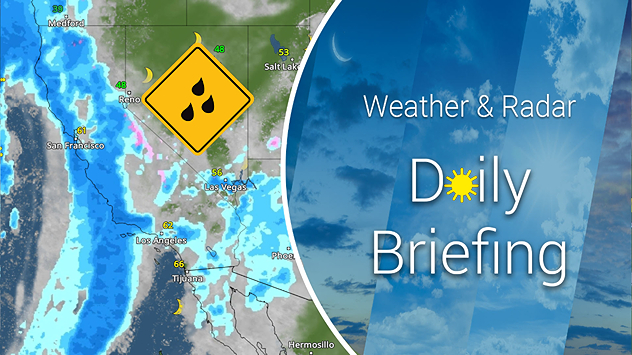April 8 Solar Eclipse HubAll you need to watch the solar eclipse
Where & When:

Preparations:
Safety:
No viewing glasses? No problem:
Get a cardboard box (e.g., cereal box), white paper, aluminum foil, tape, and a pin. Cut white paper to fit inside the box bottom as a screen. Cut two holes on the top ends of the box; cover one with aluminum foil. Poke a small hole in the foil. Look through the other hole, pointing the foil side towards the sun to project the eclipse onto the paper inside the box.





